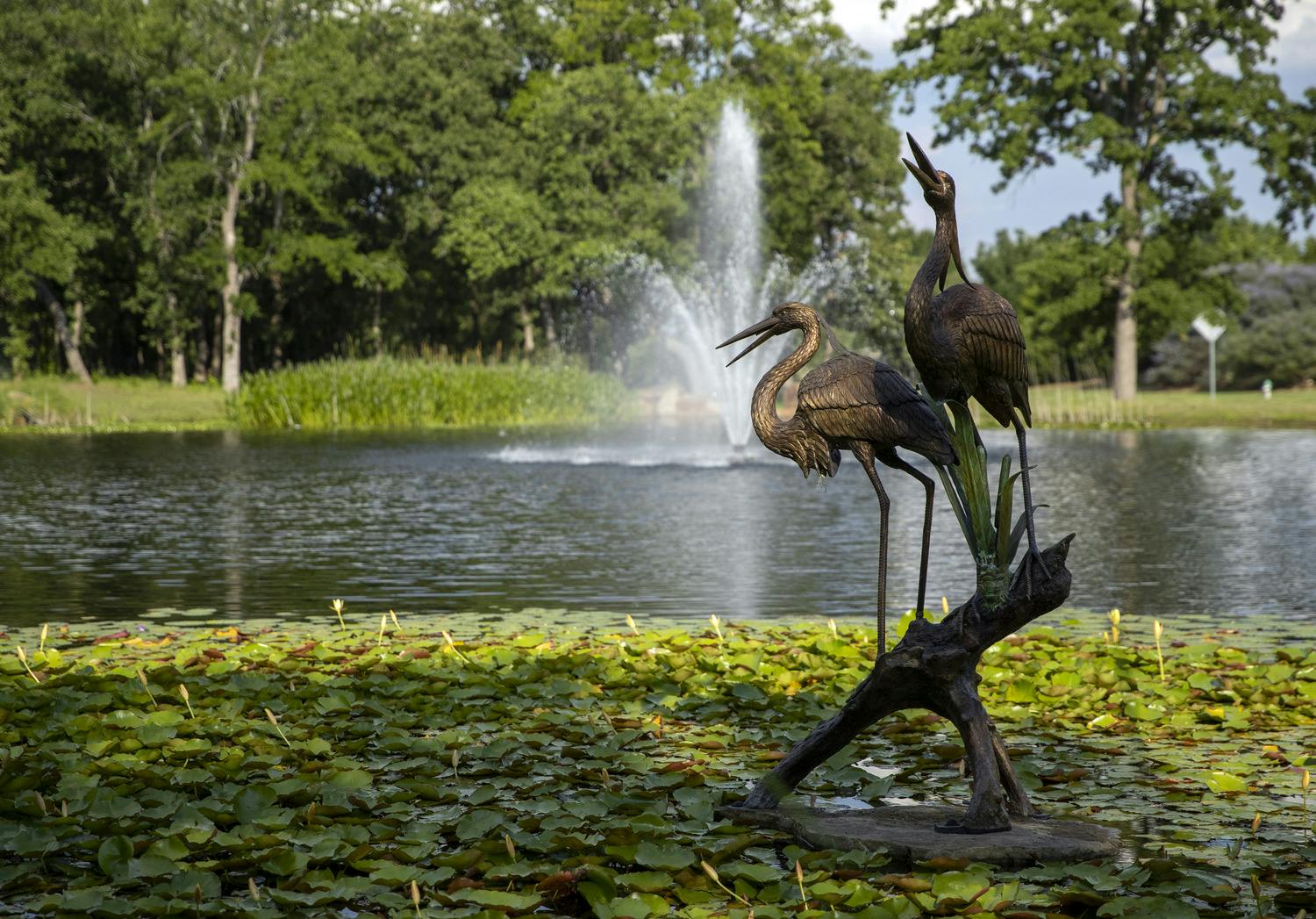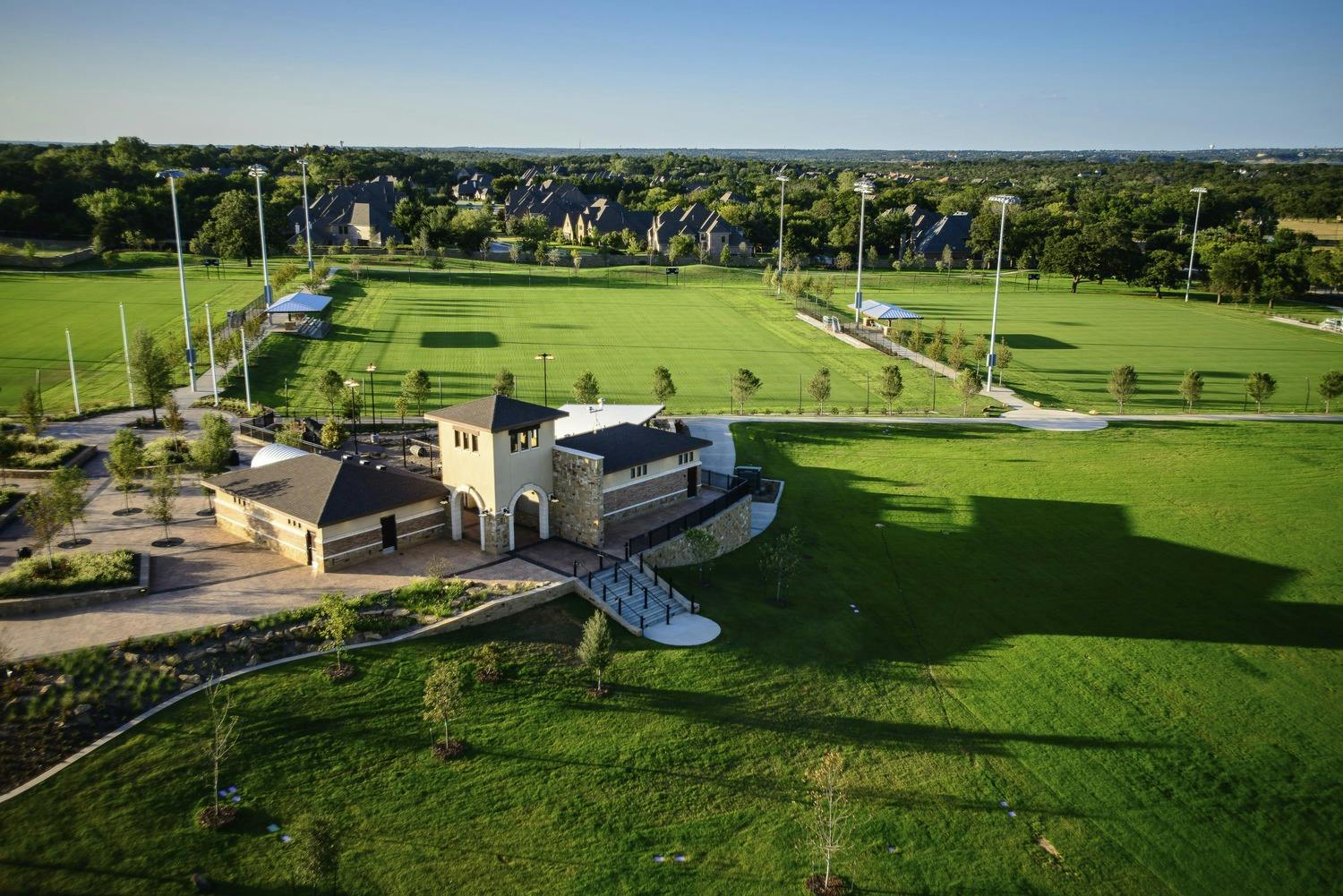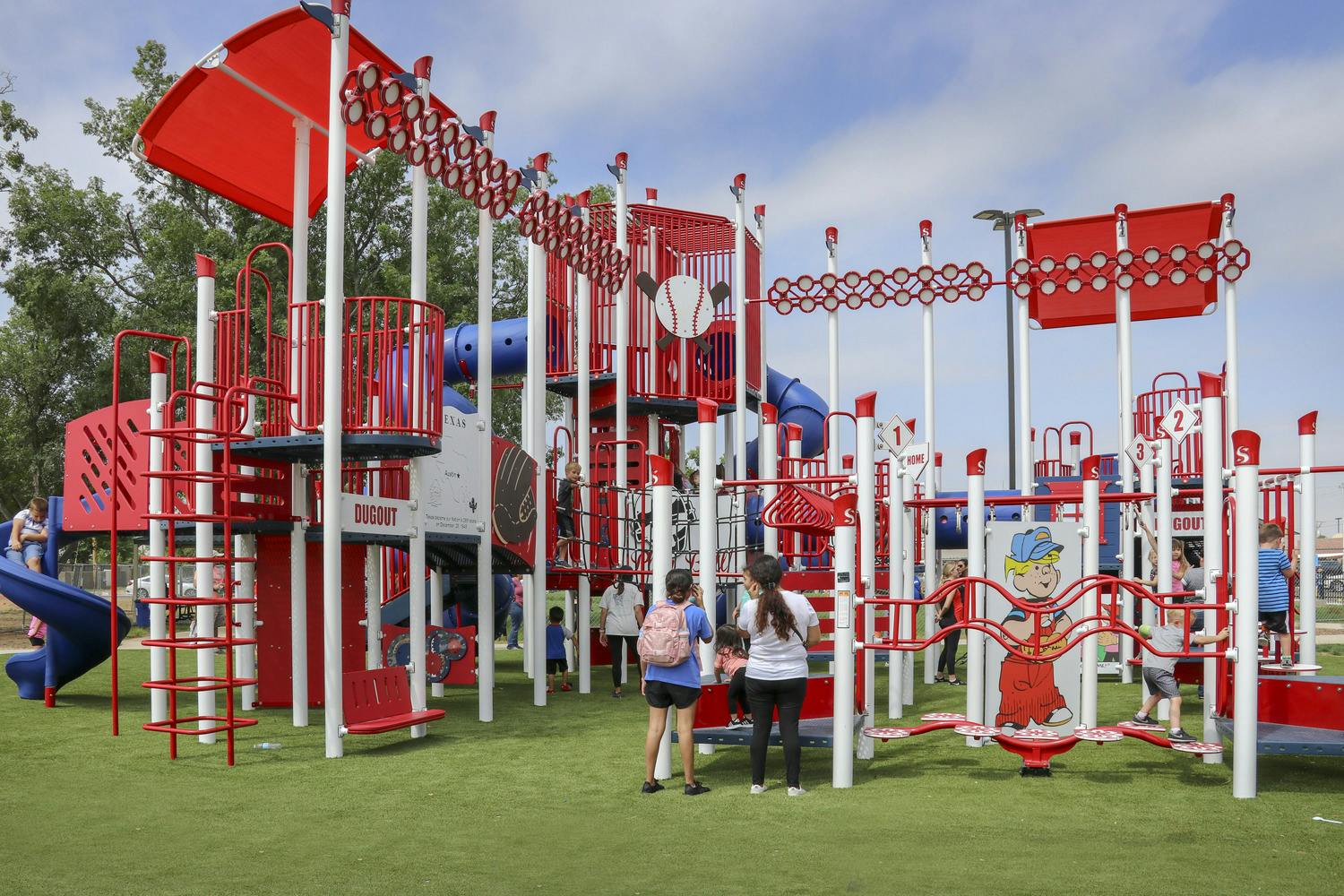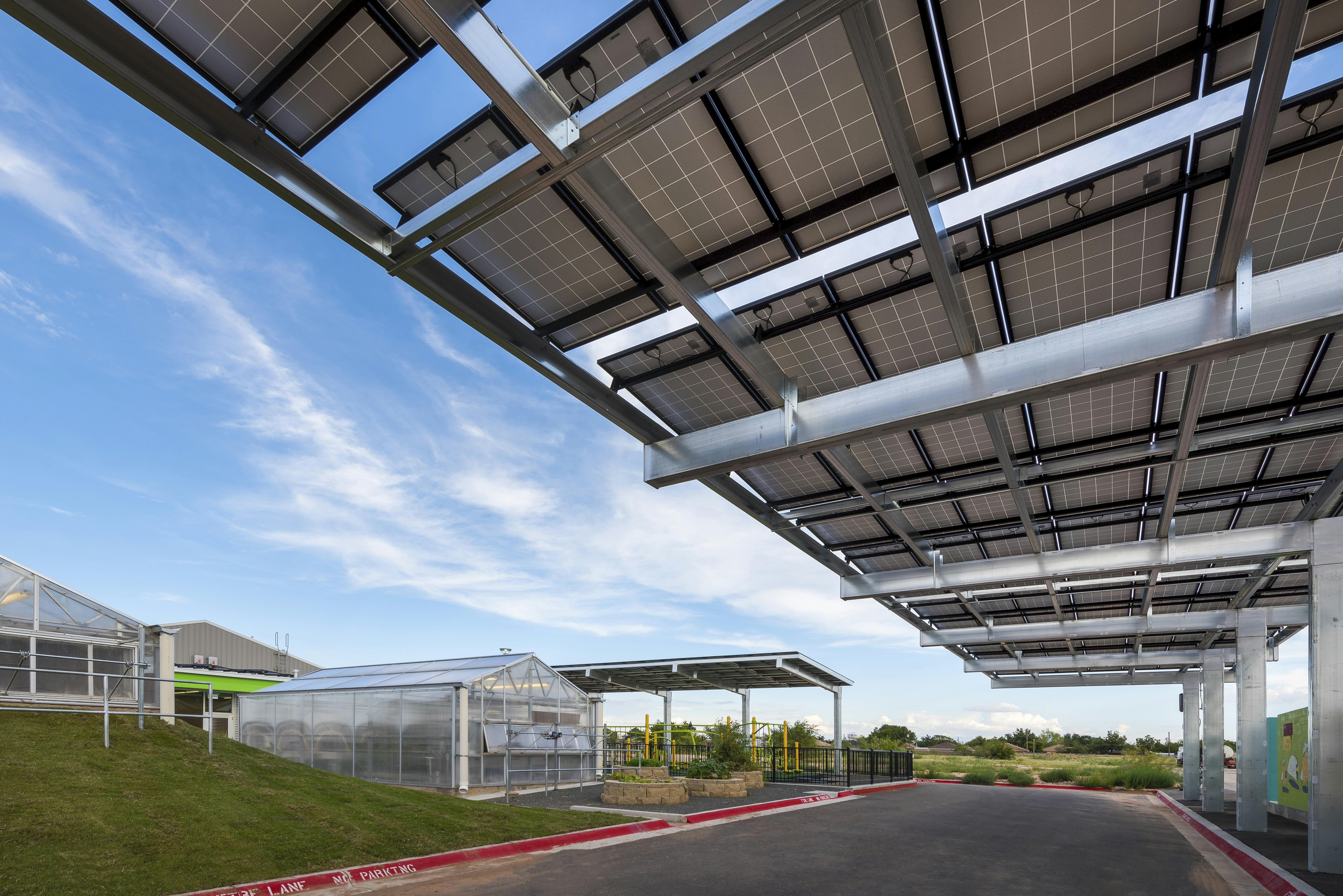Green Infrastructure and Wellness
Category: Landscape Architecture
Written By: Kristen West
Date: August 18, 2020

Take a break! Look out the window or take a quick walk outside or in a park. The scientific benefits of these small acts are tremendous and can have a lasting positive impact on mental and physical health, which has become more of a priority than ever during the COVID-19 pandemic.
Exercise has long been proven to positively impact mood. However, data shows exercise in green spaces and the natural environment have been connected to greatly reduce blood pressure and boost positive mood and self-esteem than exercise indoors. Developments in green infrastructure bring many benefits to a community, but there are also challenges facing green development of which decision-makers must be aware.
Helping drive this discussion are Victor Baxter, RLA, and Xie Tracz, RLA. Baxter is Director of Landscape Architecture and Planning Business Development and brings over 40 years of experience. Tracz is a Planner and Landscape Architect with five years of experience.
What is the Price of Quality of Life?
It becomes easy to see developing green infrastructure as a costly endeavor with little return on investment, especially when city services, infrastructure, and many other areas of community demand funds. But, ignoring the quality of life has its price, too.
Baxter said, “a short-term decision made for budgetary reasons can be detrimental, leading to higher crime rates and poorer living conditions. Developing green infrastructure is not so much about aesthetics as it is maintaining the stability of a community.”
Cities everywhere are struggling to keep up with population growth. City leadership faces pressure to meet that growth and the expectations of their communities who expect better everything — parks, businesses, and general prosperity — than what has come before. Now, in the face of a global pandemic, these outdoor spaces have become more important than ever.
“This pandemic has brought into focus the very apparent need for accessible, outdoor, public spaces as well as the benefits these spaces have to communities,” Tracz said.
How do Greenspaces Benefit Communities?
“The 21st century is home to a generation increasingly disconnected from nature through overexposure to technology, ” Baxter said. “As this generation inherits decision-making power, their disconnect could lead to poor choices being made regarding the environment — choices that will affect the generations to come.”
There are many benefits to developing green infrastructure within a city. Data shows the presence of parks and other green spaces reduces crime. It also raises property values and improves public health. Environmentally, greenspaces reduce the urban heat island, an urban area that is significantly warmer than the surrounding rural area due to human activity. They also provide spaces for drainage and flood control, incorporating stormwater management that doubles as a gleaming pond or lake, beautifying the greenspace.
Green infrastructure projects also provide an opportunity to tell a story, reflecting the history of their community and its vision for the future. The greenspace must thread into the fabric of the community, reinvigorating the connection to its people and the natural world.
“We call this process Discovering the DNA of a Space,” Baxter said. “Each community is different, and if a designer wishes to produce a space people can relate to and enjoy, they must understand the characteristics that define that community.”
Forms, patterns, textures, smells, and sounds strengthen the space’s sense of place, provoking feeling and thought. But, the design is about more than its aesthetic. The function is critical to the narrative, providing the bones underlying each sensation.
“Feeling, aesthetics, and function are related and depend on each other to successfully tell the story of the community,” Tracz said.
What Connects Greenspaces, COVID-19 and Mental Health?
Texas alone has over 430,000 reported COVID-19 cases and nearly 7,000 related deaths as of early August, according to the CDC. These statistics as well as lifestyle changes made to accommodate quarantine have a measurable impact on mental health.
New data from the National Center for Health Statistics shows that nationally people have reported experiencing increasingly more symptoms of anxiety and depressive disorders since early June. Texas, New Mexico, and Oklahoma all rank among the top in the country for the percentage of people reporting these symptoms.
If that has you feeling anxious, you’re not alone. Mental health has become one of the many concerns connected to the pandemic. Many people feel confined, limited and frustrated with their situation, looking for a reprieve. Green infrastructure can help alleviate depression and anxiety, making parks and other greenspaces a powerful asset.
“One of the safest places you can be during the pandemic is outside in an open space. Just a few minutes a day can make a huge difference emotionally, physically, and spiritually,” Baxter said.
Limiting human interaction is necessary to help contain the spread of the virus, but it is also problematic from a mental health perspective. Human beings are social by nature, and the pandemic has proven how far people will go to satisfy their need for interaction and friendship.
“To get that needed interaction in a safe environment, people are turning to the outdoors to gather with friends and family and experience mental escape safely,” said Tracz. “I’ve seen more walkers, joggers, and bicyclists in my neighborhood and at the park, than I have in the entire time I’ve lived here – even in this Texas heat!”
Although there are many unknowns surrounding the pandemic, green infrastructure remains as supportive of everyone’s physical and mental wellbeing as they ever were. Many feel a fresh appreciation for green infrastructure, but sentiments remain that stigmatize dedicating funding toward green infrastructure. Without understanding the benefits of green infrastructure, decision-makers forget how essential each person’s connection to greenspaces is in every practical way.






